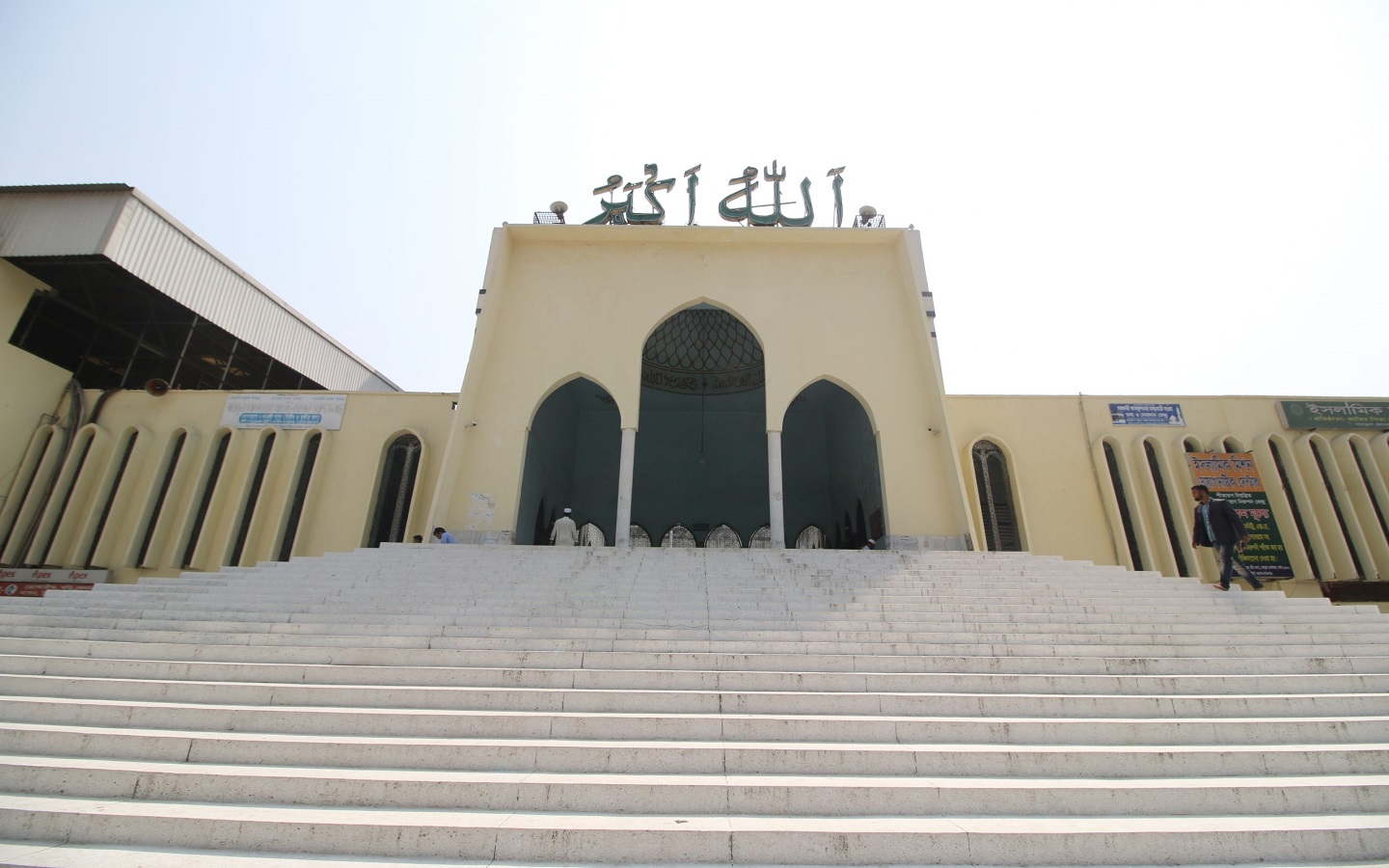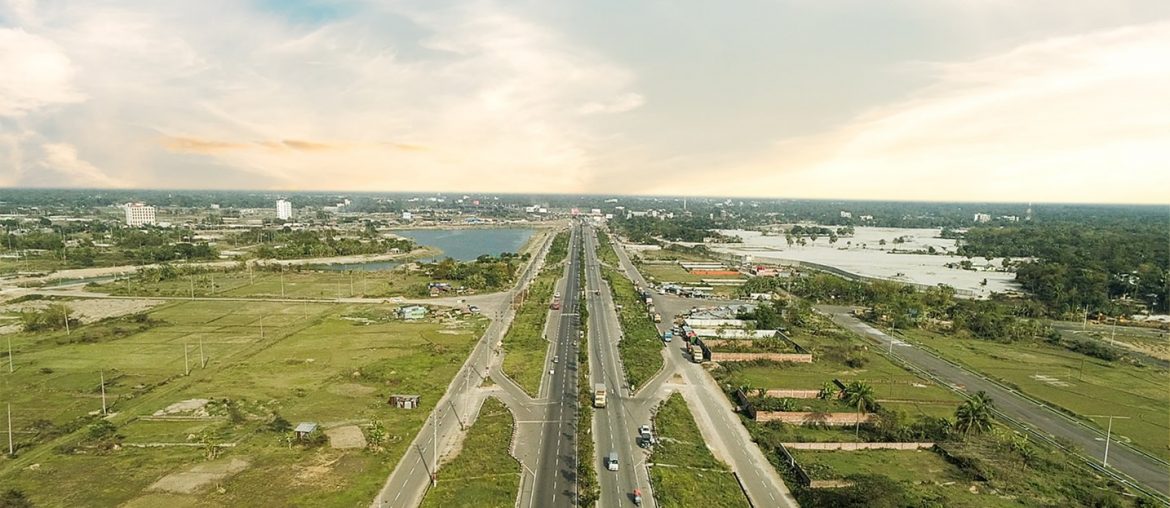The property laws in Bangladesh are the most ancient ones. They primarily focus on the old laws during the British and Pakistan period. To enable the implementation of land reforms and to distribute the lands establishing a socio-engineering system of law, Bangladesh passed numerous Orders, Ordinances, and Acts after the liberation war. The historical background of the property laws in Bangladesh is discussed below.
The Land Survey Act, 1875

The Survey Act of 1875 mainly determined the boundary of a village. This act aided in setting up a mouza or village map showing each plot of land with its area and recording the name of the tenant and the superior landlord, the nature of inhabitants, and the prevalent owner, share, ownership, revenue, or rent payable for the equivalent.
Presently, it plays a significant role in the property laws in Bangladesh. This act aims to survey and demarcate land for an establishment and the maintenance of marks to differentiate boundaries.
The Rent Assessment Act of 1879
This allowed the settlement officer to verify the increase in rent for occupancy. The Peasant Revolution of Pabna in 1872, later on, led to the establishment of the Rent Law Commission in April 1879 to prevent the attempts of zamindars to raise the rent of raiyats.
The Bengal Tenancy Act, 1885
The Bengal Tenancy Act came into existence on 1 November 1885. This law made intricate provisions about the ownership, rights, and liabilities of zamindars, talukdars, landlords, Mokarrari raiyats (raiyats giving fixed rents), residence raiyats, settled raiyats, non-occupancy raiyats, etc.

By Act No. IV of 1928, the said Act radically amended to permit occupancy raiyats to transfer their land on condition of payment of one-fourth of the cost as a premium to his superior landlord, exercising the right of acquisition of such land by the landlord, not to perceive Bargadar as a tenant except for when he was recognized by the landowner under whom he was a Bargadar or declared to enjoy inhabitants right if he obtained the same under any custom or law; provision for attachment and offer for the selling of standing crop, and moveable properties of the occupants were nullified.
By Act No. VI of 1938, the said Act eliminated the provision for the charges of premiums to landowners by occupancy tenants to transfer their lands and the right of landowners for preempting such land and giving such right of preemption to the next co-sharers of the transferor occupancy raiyats if the exchange was made to a stranger or strangers. It further accommodated to treat the mortgage of occupancy land as a usufructuary mortgage for more or less fifteen years and retrieve ownership of the same through a court.
Act No. XIII of 1939 rectified the provisions of section 52 of the said Act and prevented the court from passing any decree for raising the occupant’s rent regardless of the estimation that the area of land in possession of the occupant was more than his occupancy area.
Act No. XVIII of 1940 modified the provisions of section 26 in addition to the said Act and treated all mortgages of occupancy properties, including mortgage by conditional sale as a usufructuary home loan for fifteen years and retrieval of ownership of such land through a court.
The rectified provisions of the Bengal Tenancy Act reestablished almost every one of the tenants’ rights seized from them by the Permanent Settlement Regulation of 1773. Hence, the Bengal Tenancy Act is known as the Magna Carta of occupant rights in Bengal.
The Bengal Non-agricultural Tenancy (Temporary Provision) Act 1940
In 1938 after establishing the Non-agricultural Land Enquiry Committee, also known as Chandina Committee, landlords began to evict non-agricultural occupants. The government ordained the Bengal Non-agricultural Tenancy (Temporary Provision) Act 1940 as a short-term strategy to prevent such evictions.
The Transfer of Property Act, 1882
The Act regulates the exchange of property from an individual to another through sale, contract, mortgage, lease, deal, exchange (i.e., exchanging the property of land with crops), or donation.
Registration Act, 1908
Registration Act, 1908 is an important one in the history of property laws in Bangladesh. The purpose of the Act is to consolidate the related registration law and provide the registration procedure. It legislates what documents are mandatory for registration as well.
The Non-Agricultural Tenancy Act, 1949
This Act’s purpose is to make better provisions concerning the law of landlords and tenants in the case of specific non-agricultural occupancies in Bangladesh.
The State Acquisition and Tenancy Act, 1950
The East Bengal State Acquisition And Tenancy Act of 1950 was legislated by The Land Revenue Commission’s recommendation. The act was enacted to acquire by the government all rent receiving interests.
Under the requirements of the (Emergency) Requisition of Property Act of 1948, the government could requisition any household and requisition or acquire any land for a purpose or interest in the public.
Act X of 1952 evicted unauthorized tenants from government land and buildings by repealing the equivalent.
Moreover, Ordinance No. XXIV of 1970 was aided to evict unauthorized occupants from the land and buildings of government and local authorities.
Hats and Bazaars (Establishment and Acquisition) Ordinance 1959

Hats and Bazaars (Establishment and Acquisition) Ordinance 1959 procured the establishments mentioned above after the final publication of compensation appraisal rolls and reimbursement payment by publication notice in the official gazette. This Ordinance aimed to establish hats and bazaars with a prior license from the collector by the person in any land in his possession. This aided in forfeiting the land on which such hats and bazaars without a license were established.
The Waqf Ordinance 1962

The Waqf Ordinance 1962 represented a significant part of the property laws in Bangladesh for Muslims. The term “waqf ” implies the permanent dedication by an individual professing Islam of any movable or immovable property for any purpose acknowledged by Muslim Law as pious, religious, or charitable. It includes any other endowment or grant for the motives mentioned above, a waqf by the user, and a waqf made by a non-Muslim.
After abolishing the Bengal Waqf Act 1934, this act’s purpose was to provide better management of Waqf properties.
The Land law Development Tax Ordinance, 1976; Ordinance NO. XLII OF 1976
This Ordinance primarily provides the levy of a property’s development tax. The Act extends to the entirety of Bangladesh, excluding the Chittagong Hill Tracts.
The Land Reforms Ordinance, 1984

This Ordinance reformed the law related to land tenure, landholding, and land transfer to improve production and secure a better relationship between landowners and Bargadars (landowners renting lands for agricultural and other commercial purposes). The Land Reforms Ordinance, 1984 prohibited the Benami (anonymous) transaction, reduced the land ceiling to 60 standard bighas, and provided occupancy rights of the Barga lands to the Bargadars.
The Immovable Property (Acquisition and Requisition) Ordinance, 1982
The Requisition and Acquisition of Immovable Property Ordinance 1982 re-legislated the essential modifications of the provisions of the repealed laws and released unused lands in possession to the previous owners or their heirs.
The Land Reform Board Ordinance, 1989
The Land Reforms Board was established at the national level under the Land Reforms Board Act 1989. The board consists of a chairperson and two additional members. The board’s primary purpose is to oversee the functioning of the field offices and the execution of land reforms measures. Furthermore, The Ministry of Land entrusted the Land reforms Board with planning, implementing, and supervising land management and matters identifying with board establishment, a record room, and library.
Emergency Requisition of Property Act 1989
The Act provided the requisition of property that encountered any emergency or disaster produced by a flood, dilution, etc.
The Land Appeal Board Ordinance, 1989
The government established The Land Appeal Board under section 4 of the Land Appeal Board Act 1989. This ordinance documents land up to date (mutation). The Act regulates the amount of Land Development Tax demanded of each landowner and collects them as well. The board has to oversee their work and inspect their records. Furthermore, it administers Khas land & vested or abandoned properties, etc.
The state Acquisition and Tenancy (Amendment) Act 1994 provision of section 86 of the State Acquisition and Tenancy Act 1950 can lease out the diluviated land to its previous tenant or his heirs only if the equivalent property was rectified within thirty years of its diluvium. This is a very important act to validate the authenticity of a property.
Prevention of Transfer of Property and Removal of Documents and Records Act, 1952 (East Bengal Act) ACT NO. V OF 1952
Under specific drawbacks, this act helps to speed up an interest in land under the State Acquisition and Tenancy Act, 1950.
The Land Dues (Rounding off to Decimal Coins) Act, 1961 (East Pakistan Ordinance and Ordinance NO. XVII OF 1961)
This particular Ordinance rounds off specific land dues decimal coins for convenience. The Ordinance is only applicable when it is essential to round off arrears of specific land dues and future demands on account of such land dues so that payment is in decimal coinage for convenience.
The Land Improvement Loans Act, 1883 ( ACT NO. XIX OF 1883)
The Land Improvement Loans Act, 1883 is an Act consolidating and amending the law related to providing money for loans by the Government for agricultural developments.
Land Administration Manual, 1990
Land Administration Manual, 1990 determines the responsibilities of the officers of land administration and related acts and additional updated circulars.
The Restoration of Vested Properties Act, 2001
This law had a primary aim at reclaiming the properties of Hindu minorities and Indian nationals that depended on the government under Bangladesh (Vesting of Property Assets) Order, 1972. However, the restoration process depicted several drawbacks and problems.
Real Estate Development and Management Act, 2010

The Real Estate Development and Management Act 2010 is the governing law of the property laws in Bangladesh. It legislates the buying, selling, and transferring of Real Estate in Bangladesh. Section 5 of the Act declares the registration of Real Estate Developers and their duties and obligations.
Henceforth, property laws in Bangladesh have a rich history and they transitioned into different phases under different administrations. The historical property laws in Bangladesh are the backbone of the present lawsuit and it is still amending with varieties of situations. Besides, there are some significant property laws in Bangladesh that you should know for understanding the current status quo.




